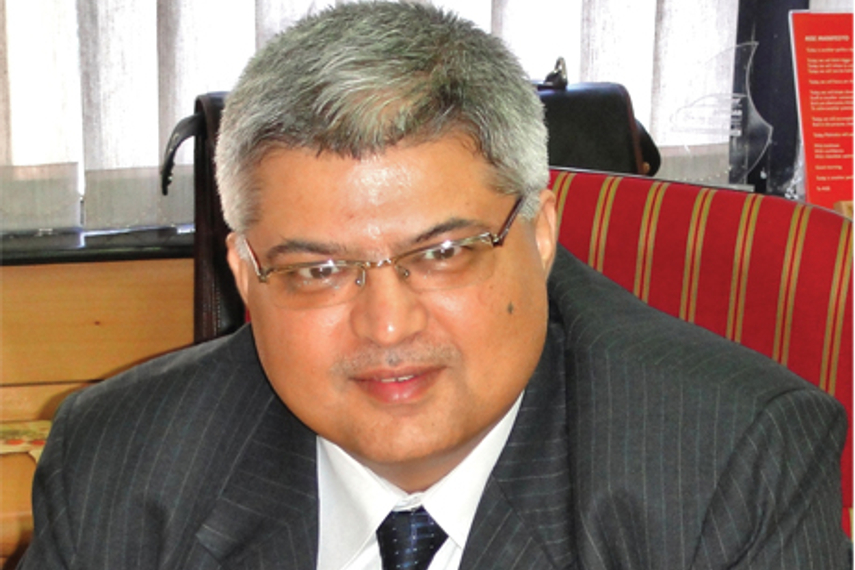
Please sign in or register
Existing users sign in here
Having trouble signing in?
Contact Customer Support at
[email protected]
or call+91 022 69047500
Vivek Nayer, chief marketing officer -- auto division, Mahindra & Mahindra, speaks about the company’s emergence from ‘semi-urban’ hero to one that’s targeting the aspirational Indian across markets

Contact Customer Support at
[email protected]
or call+91 022 69047500
Top news, insights and analysis every weekday
Sign up for Campaign Bulletins
Creo to operate influencer capabilities across 40-plus markets select markets, while select markets like the UK will operate as OMGCreo.
With over-dependence on search engines becoming passé, brands that embrace social discovery will reap future rewards, says GALE India president.
The latest ad films and campaigns from brands like Aakash Educational Services, Dell Technologies, and more, in our weekly roundup.
The sport’s key players—from clubs to leagues—are using targeted social media strategies and exclusive content formats to drive growth in China, according to Mailman’s annual Red Card report.